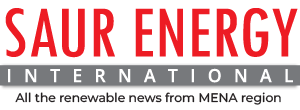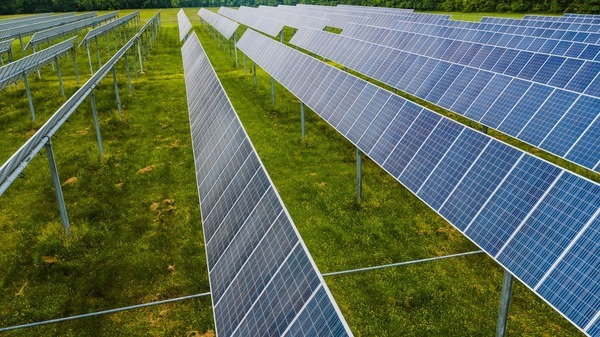The European Union (EU) and Germany have introduced the GET.invest Nigeria Country Window initiative to support renewable energy investments in Nigeria. The initiative was launched earlier this week in Lagos State as part of the GET.invest programme, which promotes private-sector investments in decentralized renewable energy. It is being implemented by the Deutsche Gesellschaft für Internationale Zusammenarbeit (GIZ) and will collaborate with other donor-funded energy initiatives, including the Nigerian Energy Support Programme (NESP).
GET.invest Nigeria aims to mobilize finance for renewable energy projects by supporting businesses, project developers, financiers, and regulators. The initiative is designed to address Nigeria’s electricity challenges, particularly in rural areas. Nigeria’s Federal Ministry of Power has emphasized the importance of renewable energy in expanding electricity access and reducing dependence on fossil fuels.
In addition to GET.invest Nigeria, other renewable energy projects are ongoing in Nigeria. The Nigeria Electrification Project (NEP), supported by the World Bank and the African Development Bank (AfDB), aims to provide off-grid renewable energy solutions to households, businesses, and public institutions. The Lagos Solar Project, implemented by the Lagos State Government, has been installing solar energy systems in schools and hospitals to improve electricity access.
Across Africa, similar renewable energy projects have been implemented. In Kenya, the Menengai Geothermal Project has an installed capacity of 105 megawatts (MW) and aims to expand the country’s geothermal energy production. Ethiopia’s Corbetti Geothermal Power Plant, with a planned capacity of 500 MW, is one of Africa’s largest private-sector-led geothermal developments. South Africa’s Renewable Energy Independent Power Producer Procurement Programme (REIPPPP) has facilitated the installation of over 6,000 MW of renewable energy capacity, including wind and solar projects. In Egypt, the Benban Solar Park has an installed capacity of 1,650 MW, making it one of the largest solar parks in the world, contributing to the country’s national grid.


